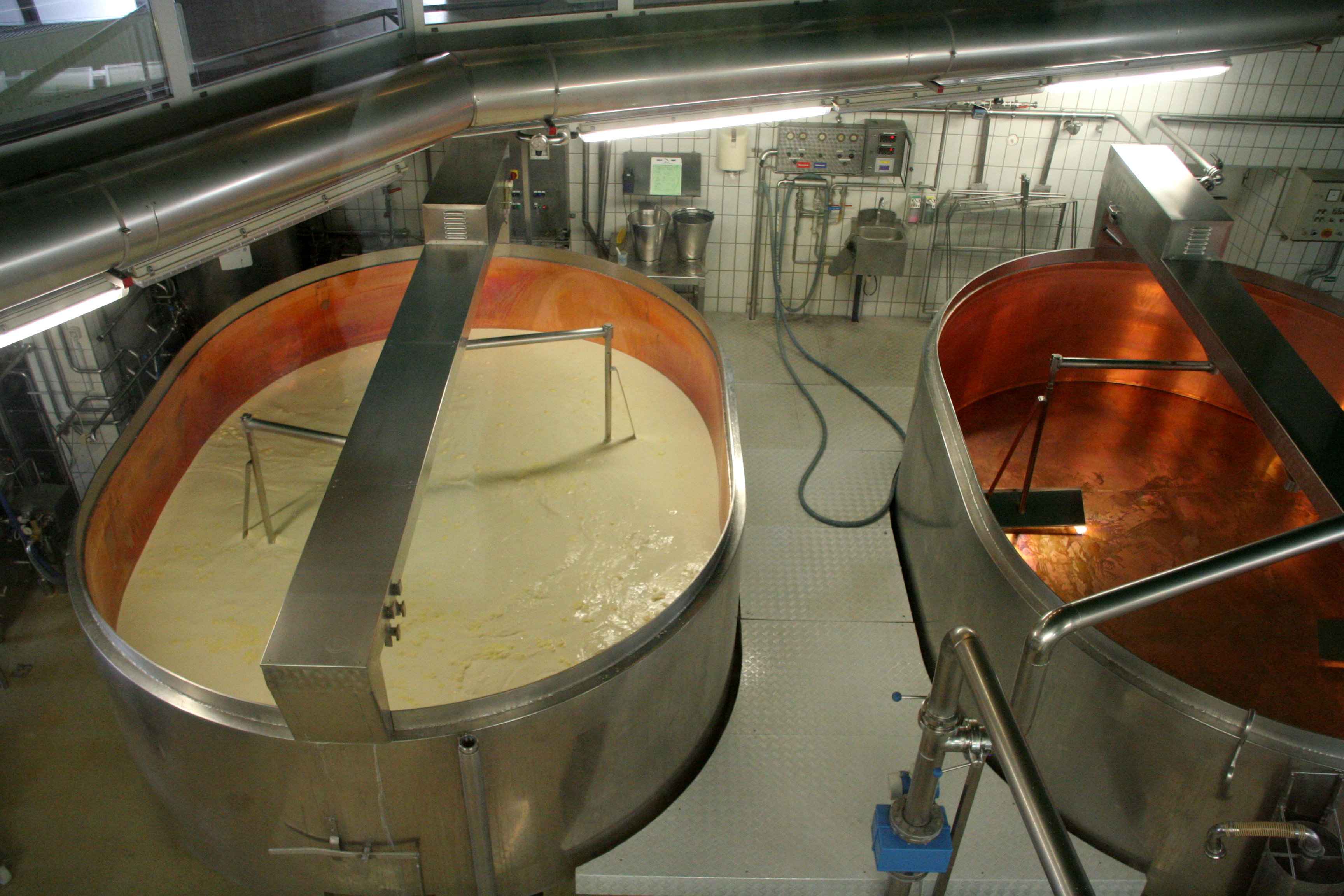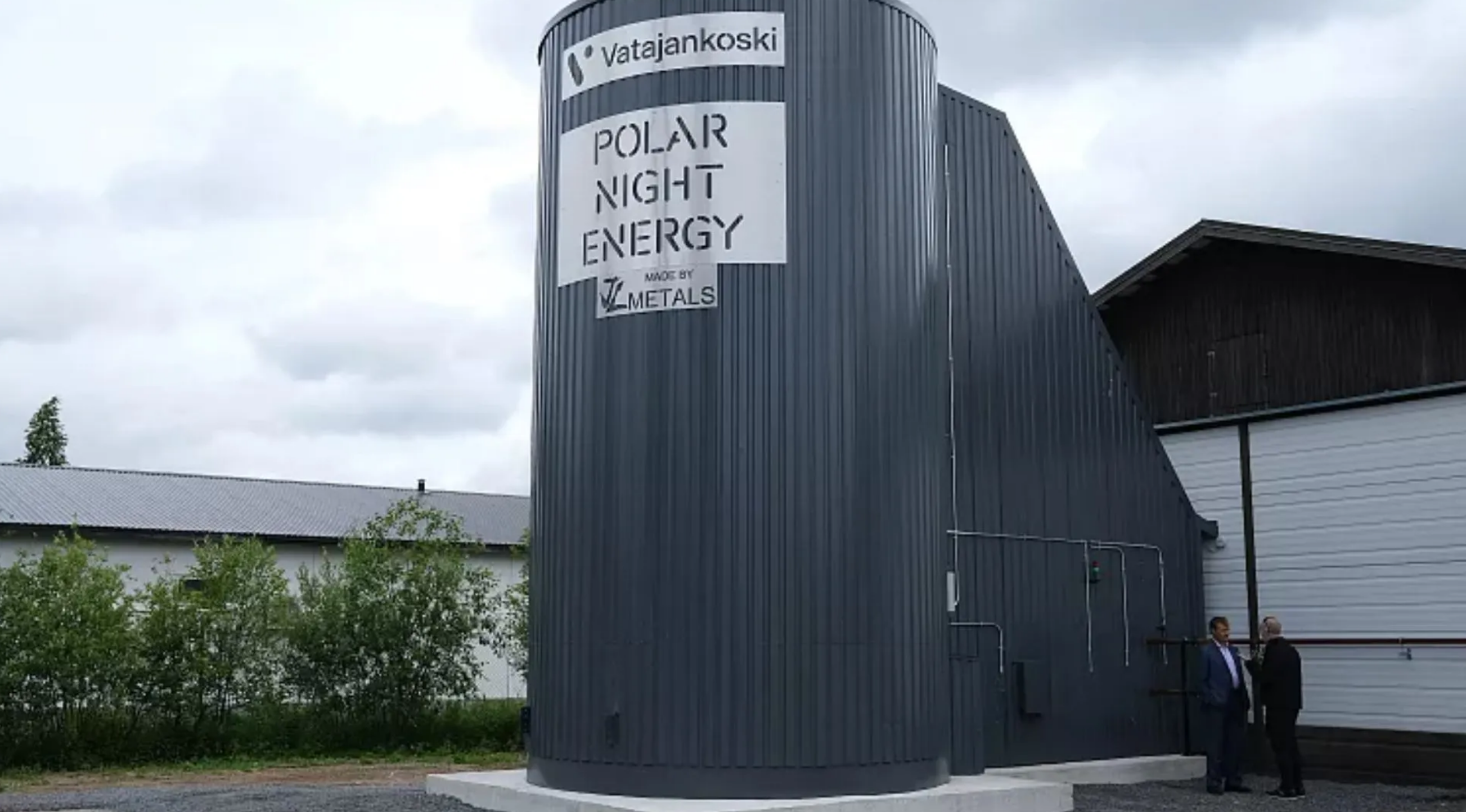Manufacturing in the food industry is constantly adapting to evolving demands as the industry shifts to meet new government standards and the market adjusts to growing consumer preferences. Consumer food preferences, particularly those of the Millennial generation, are one of four major factors pushing food manufacturers to adapt in a changing marketplace.
Safety Regulations
The Food Safety Modernization Act, signed in 2011, alerted food manufacturers to impending, upcoming regulations, such as food safety plans, which manufacturing facilities would need as early as 2016. The Food and Drug Administration’s legislation developed several key rules and regulations to make manufacturers adopt a proactive approach to food safety and potential contamination.
Food safety plans, the core component of the preventative controls rule, require food manufacturers to develop and compose a system for monitoring food within the facility, as well as methods for preventing hazards that could contaminate food. Equipment cross-contaminated with allergens, for example, presents a hazard.
Manufacturers must now evaluate and approve suppliers by conducting a hazard analysis of a supplier’s raw food. Technology has become valuable with these new regulations. Certain technologies, such as the Internet of Things, have proved useful in providing up-to-date information on foods. An individual product’s or a product batch’s history can be tracked and shared throughout a company and its digital network.
Plant Efficiency
A manufacturing plant’s efficiency relies on technology. Plants frequently use automated equipment, but the incorporation of machine learning and artificial intelligence into food manufacturing offers manufacturers new ways to save time and money.
Advanced technology for production lines efficiently sorts and reviews individual foods. Implementing machine learning can help reduce waste through accurate supply orders, based on past supply and demand figures. Other applications of new, smart technology include a sensor system for evaluating equipment hygiene, which is valuable in facilities where cross-contamination can occur.
The system operates a cleaning system that is designed to be more effective, as well as less demanding on water resources than traditional cleaning, which amounts to 30 percent of a food manufacturer’s water and energy use.
Growing requirements and standards for the processing and manufacturing of organic and/or natural foods, which demand more advanced equipment and complex production lines, emphasize the necessity of manufacturers researching and adopting new technology to increase their plant’s effectiveness.
Cold Storage
Cold storage continues to evolve through different air and rapid freezing techniques, which are invaluable, especially for meat items, in preserving a product’s flavor. New techniques for cold storage often offer food manufacturers reduced costs and quicker results. One rapid freezing technique freezes products 15 times faster than traditional blast freezers.
Freezer spacers have evolved to offer manufacturers a more cost-effective selection. Consider how plastic spacers are reusable and recyclable, and they can decrease freezing times in coordination with certain freezing methods. Technology is becoming a key component in cold storage. Touch screens are gaining popularity in cold storage facilities due to their usability and durability.
Operational costs of cold storage facilities are prompting manufacturers to invest in advanced lighting and temperature systems. LED lights consume a lower amount of energy and tend to last longer in cold storage facilities while temperature systems reduce energy costs by monitoring and effectively adjusting to shifting temperatures.
Younger Consumers
Millennials are becoming the largest consumer market in U.S. history with a purchasing power estimated at $200 billion each year. Food manufacturers have watched and responded as the generation has voiced an increased interest in healthy foods, such as fruits, vegetables, and nuts while evaluating the nutritional content and claims of food products.
More than half of Millennials are distrustful of food product claims. Consumers are motivating manufacturers to respond with transparent product packaging for ingredient lists and details about the food’s origin as many Millennials are interested in locally-sourced foods.
Studying Millennials and their purchasing and eating habits is essential for food manufacturers to continue producing products aimed at a generation who are replacing Baby Boomers as the largest consumer market.
Committing resources to adapting and updating the food industry, specifically within manufacturing, is essential for the industry’s sustainability and for its manufacturing facilities to remain operational. Manufacturers have an opportunity to decrease their operating costs and increase their plant’s efficiencies through advanced technology, which can provide more security for preventing food contamination and meeting government regulations.
Cost-effective and energy-efficient operations provide food manufacturers additional time, money, and energy for researching and developing appealing food products and packaging for a generation who will fund future operations.
Megan Ray Nichols is a freelance writer and the editor of Schooled By Science. When she isn’t writing, Megan enjoys hiking, riding her bike and watching movies with friends and families. Follow her on Twitter @nicholsrmegan.






